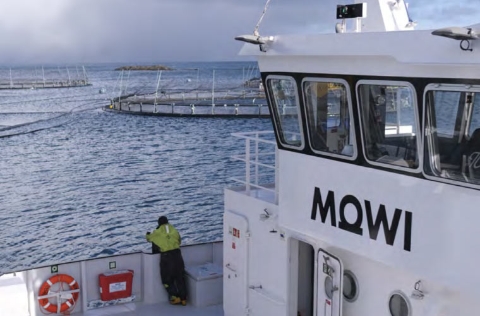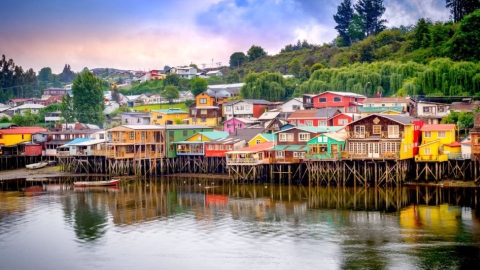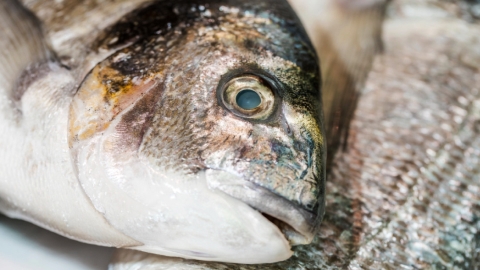
Chile has gone from being a minor player to becoming the world’s leading exporter of mussels, with production soaring from just 2,000 tonnes in 1990 to over 427,000 tonnes in 2022. This dramatic growth has placed the South America country as the second largest global producer, trailing only China.
Researchers from the Universidad Bio-Bio, Universidad de Concepción, Universidad de Talca, and the University of Gothenburg have taken a closer look at this remarkable rise-a phenomenon some expert have dubbed “the Chilean mussel miracle”. Their study explores the key drivers behind the industry’s rapid expansion, its environmental and socio-economic impacts, and the challenges it faces amid climate change and rising global standards.
The authors point to three types of conditions that made this rapid growth possible. Basic enabling conditions, including pristine waters, the sheltered geography of Chile’s southern fjords, and abundant natural seed banks in the Los Lagos region.
Acquired conditions, such as trade liberalization policies introduced in 1980s, public investment in research, and the development of technical organisational know-how. The emergence of a specialised industrial cluster, including local suppliers and service providers, also played a crucial role.
External factors, including a decline in Europea mussel production due to restricter environmental regulations, growing global demand for processed mussels, and a sharp drop in the cost of refrigerated sea freight.
While many have attributed Chile’s success to Spanish (Galician) investment from the year 2000 onwards-followed by involvement from the country’s powerful salmon sector-the study reveals that the real turning point came earlier. Between 1994 and 1996, the industry was already growing by over 20% annually.
An integrated industry-and a sector that delivers environmental and social gains
Chile’s mussel industry now encompasses the full production chain, from wild seed collection to processing and international export. Despite this integration, the sector still relies heavily on natural spat. As the researchers note, “development has so far been along the extensive margins”, which limits innovation and poses risks to long-term sustainability.
Uniquely among aquaculture sectors, mussel farming offers net environmental benefits. The authors explain that “a prominent externality from mussel farming is the reduction of nutrients, phosphorous, and nitrogen in the sea”, helping to mitigate eutrophication-especially in areas affected by salmon farming.
On the social front, the industry has created over 120,000 direct jobs, particularly in coastal communities in the south of Chile. However, the sector struggles with labour shortages and low certification rates, potentially hindering its competitiveness in international markets.
To maintain its global leadership, Chile’s mussel industry must now shift towards controlled intensification schemes to support small-scale producers. “The industry must prioritise innovation and improvements in processing,” the authors conclude, warning that growth may stagnate if Chile continues to rely on extensive, low-tech systems.



